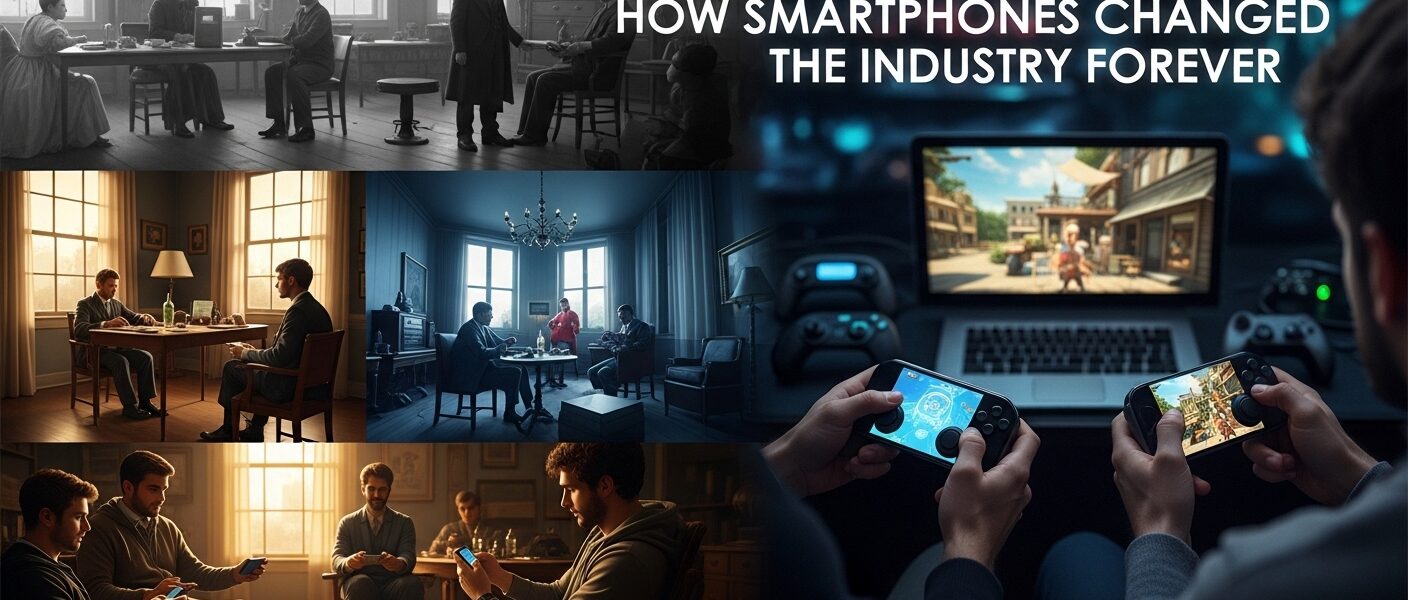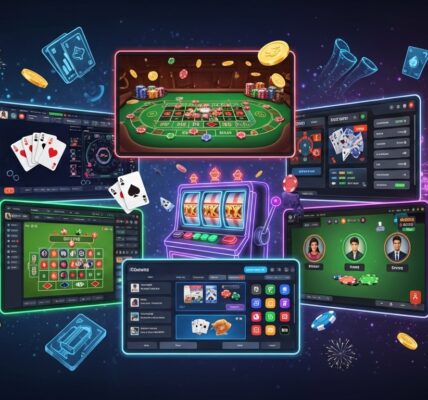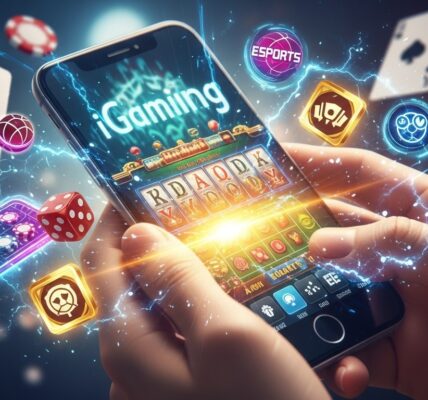Introduction
Mobile gaming has transformed the gaming industry. What started with simple titles like Snake on Nokia phones has exploded into billion-dollar franchises like PUBG Mobile, Clash of Clans, and Candy Crush. With billions of smartphone users worldwide, mobile gaming is now the most accessible and profitable segment of the industry.
In this blog, we’ll explore how mobile gaming rose to dominance, its impact, and what the future holds.
The Early Days of Mobile Gaming
Snake and the First Wave
In the late 1990s, Snake introduced millions to mobile gaming. Simple but addictive, it set the foundation.
Java Games
Early 2000s saw Java-based games like Bounce and Space Impact, limited but fun.
The App Store Revolution
iPhone and Android
The launch of the App Store in 2008 revolutionized gaming. Suddenly, anyone could download or develop games.
Angry Birds and Candy Crush
Casual games became viral hits, reaching audiences that had never played games before.
The Rise of Competitive Mobile Gaming
PUBG Mobile and Free Fire
Battle royale titles proved mobile devices could handle complex games. They created massive esports scenes, particularly in Asia.
Mobile MOBA and FPS
Games like Mobile Legends and Call of Duty: Mobile brought competitive genres to handheld devices.
Why Mobile Gaming Dominates
- Accessibility: Everyone has a phone.
- Affordability: Free-to-play models with in-app purchases.
- Social Features: Built-in chat, sharing, and multiplayer modes.
- Global Reach: Penetrates markets where consoles and PCs are expensive.
Criticisms of Mobile Gaming
- Pay-to-Win Models frustrate players.
- Battery and Performance Issues affect gameplay.
- Casual vs Hardcore Divide sometimes sparks debate in gaming culture.
The Future of Mobile Gaming
- Cloud gaming will bring console-quality experiences to phones.
- 5G technology will reduce lag, making competitive play smoother.
- Cross-platform integration will unite mobile, PC, and console players.
Conclusion
Mobile gaming has changed the industry forever. It’s no longer a side market but the mainstream of gaming, driving innovation, accessibility, and competition. As smartphones get more powerful, mobile gaming will only continue to grow.





